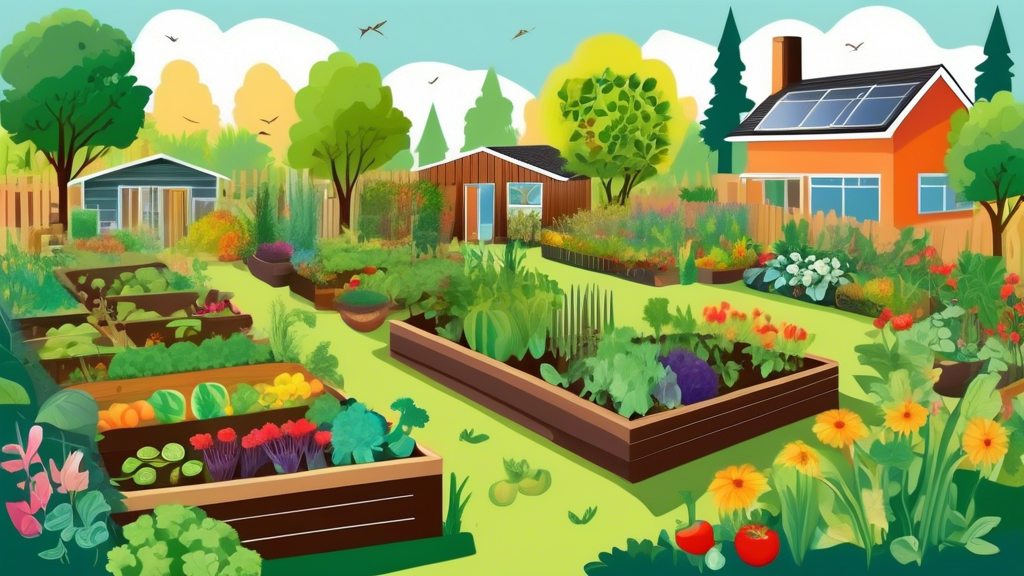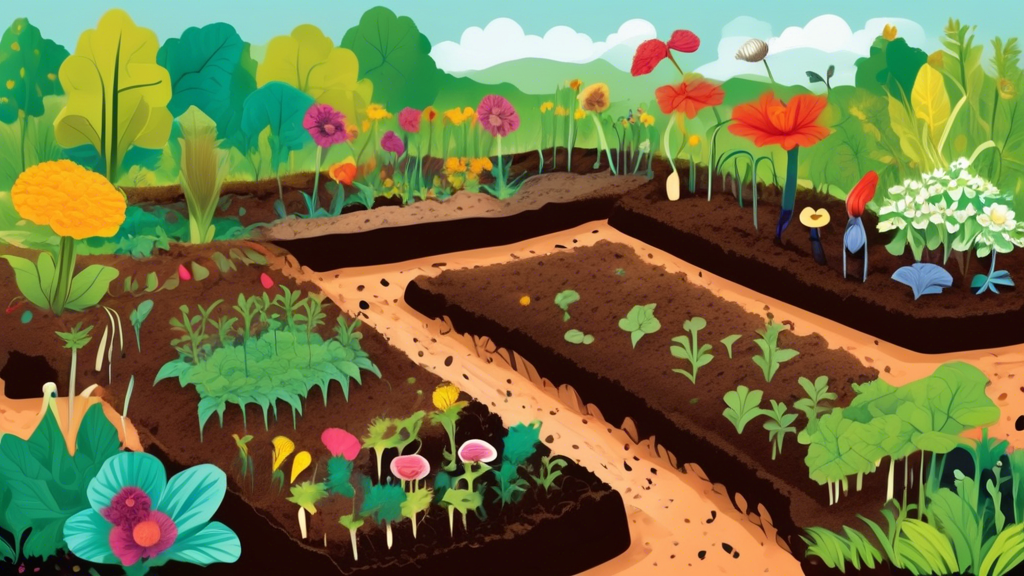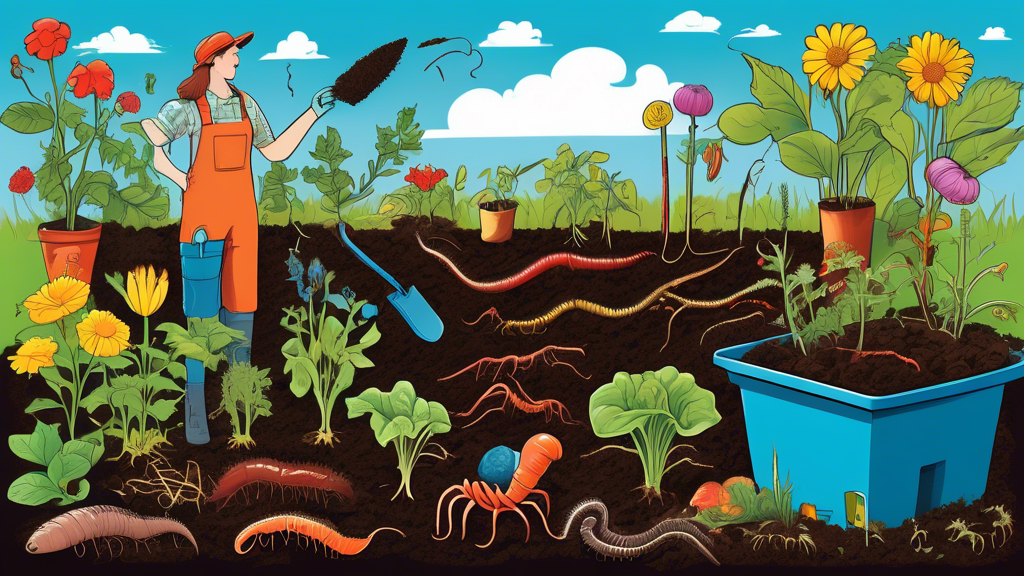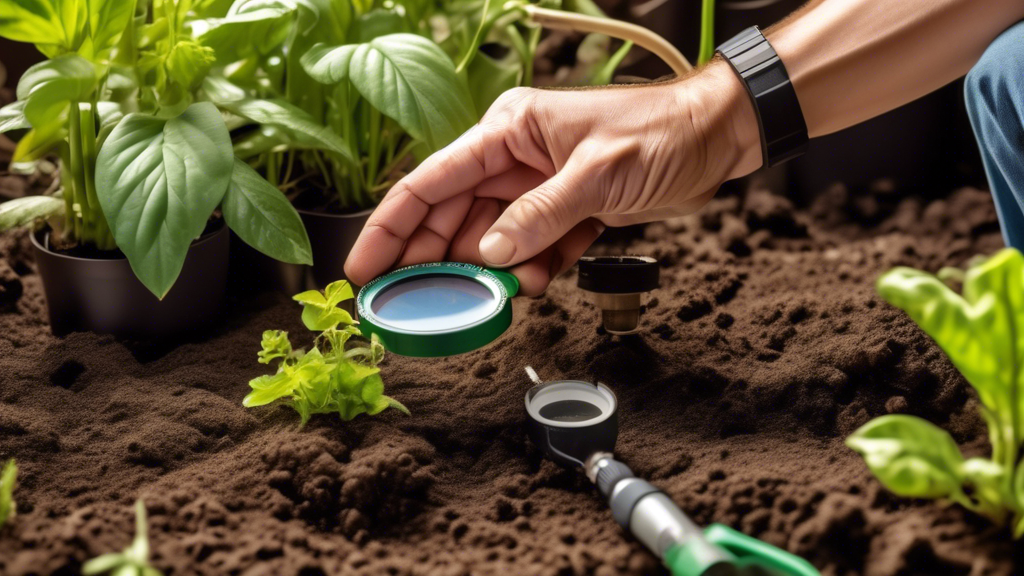
In a world grappling with environmental challenges, adopting sustainable
practices is no longer a choice but a necessity. Permaculture, a design
philosophy centered around mimicking natural ecosystems, offers a
transformative approach to creating harmonious and productive living spaces.
This article delves into the principles and practices of building
sustainable permaculture systems at home, empowering you to cultivate
resilience, abundance, and a deeper connection with nature.
Understanding Permaculture Principles
Permaculture goes beyond organic gardening; it’s a holistic design system
guided by ethics and principles that foster sustainability. The core ethics
are:
- Earth Care: Nurturing and regenerating our planet’s resources.
-
People Care: Meeting human needs for food, shelter, and community in
equitable ways. -
Fair Share: Distributing surplus resources to support both people and
the planet.
These ethics are translated into design principles, including:
-
Observe and Interact: Understanding your local climate, soil, and
ecosystem is crucial. -
Catch and Store Energy: Utilizing renewable resources like sunlight,
wind, and water efficiently. - Obtain a Yield: Designing systems that produce an abundance of food, medicine, or other valuable resources.
-
Apply Self-Regulation and Accept Feedback: Learning from natural
systems to create self-sustaining cycles. -
Use and Value Renewable Resources and Services: Minimizing reliance
on non-renewable inputs. -
Produce No Waste: Embracing closed-loop systems where waste from one
element becomes food for another. -
Design from Patterns to Details: Utilizing natural patterns and
principles to guide design decisions. -
Integrate Rather Than Segregate: Creating diverse ecosystems where
elements work synergistically. -
Use Small and Slow Solutions: Emphasizing gradual and manageable
steps for long-term success. -
Use and Value Diversity: Cultivating biodiversity to enhance
resilience and productivity. -
Use Edges and Value the Marginal: Recognizing the abundance and
opportunity in transitional zones. -
Creatively Use and Respond to Change: Adapting to changing
conditions and embracing opportunities.
Designing Your Permaculture System
Creating a permaculture system at home starts with thoughtful planning and
design. Consider these key steps:
1. Observe and Assess
Spend time observing your site’s sunlight patterns, wind direction,
microclimates, soil type, water drainage, and existing vegetation. This
information will inform your design choices.
2. Define Your Goals and Needs
Determine your priorities. Are you aiming for food self-sufficiency, water
conservation, habitat creation, or a combination of goals? Clearly
articulating your objectives will guide your design.
3. Create a Site Map and Zones
Develop a detailed map of your property. Divide it into zones based on
frequency of use and energy flow. Zone 0 represents your home, Zone 1
includes frequently visited areas like gardens and composting systems, Zone
2 encompasses less frequently visited spaces like orchards or livestock, and
so on.
4. Choose Appropriate Elements
Select plant and animal species that are well-suited to your climate, soil
type, and needs. Consider their functions within the ecosystem and their
potential for mutualistic relationships.
5. Plan for Water Harvesting and Management
Incorporate rainwater harvesting systems such as rain barrels or swales to
capture and store water. Design for efficient irrigation by utilizing
techniques like drip irrigation or wicking beds.
6. Build Healthy Soil
Focus on building fertile and alive soil through composting, vermicomposting,
cover cropping, and mulching. Healthy soil is the foundation of a
productive permaculture system.
7. Embrace Biodiversity
Plant a diverse array of species to attract beneficial insects, pollinators,
and wildlife. Encourage a healthy balance of organisms to enhance ecosystem
resilience.
Practical Applications in Home Permaculture
Permaculture principles can be applied in numerous ways to create a
sustainable and abundant home environment.
1. Edible Landscaping
Transform your yard into an edible paradise by integrating fruit trees,
berry bushes, herbs, and vegetables into your landscaping. Utilize vertical
space with trellises and espaliered fruit trees.
2. Food Forests
Mimic the structure and diversity of a natural forest by planting a multi-layered
edible landscape with canopy trees, understory trees, shrubs, herbaceous
plants, groundcovers, and root crops.
3. Chicken or Duck Tractors
Utilize movable chicken coops or duck tractors to control pests, fertilize
the soil, and provide fresh eggs. Rotate their enclosures to prevent
overgrazing and promote soil health.
4. Composting Systems
Implement composting systems to recycle kitchen scraps, yard waste, and other
organic materials into nutrient-rich compost. Choose a method that suits
your space and lifestyle, such as hot composting, vermicomposting, or
bokashi composting.
5. Rainwater Harvesting
Collect rainwater from your roof using gutters and downspouts connected to
rain barrels or cisterns. Utilize this harvested water for irrigation,
reducing reliance on municipal water systems.
6. Greywater Recycling
With appropriate filtration and treatment, reuse greywater from sinks,
showers, and laundry for irrigating non-edible plants. This conserves water
and reduces strain on septic systems.
7. Natural Building Techniques
Consider incorporating natural building materials like cob, straw bale, or
bamboo into your home construction or renovations. These materials are
sustainable, energy-efficient, and often locally sourced.
Benefits of Home Permaculture
Implementing permaculture principles at home offers numerous benefits:
- Increased Food Security: Grow your own nutritious food, reducing reliance on external sources.
- Enhanced Biodiversity: Attract beneficial insects, pollinators, and wildlife to your property.
- Improved Soil Health: Regenerate soil fertility and structure through natural methods.
- Water Conservation: Utilize rainwater harvesting and greywater recycling systems.
- Reduced Waste: Compost organic materials and minimize reliance on single-use products.
- Lower Environmental Impact: Reduce your carbon footprint and promote sustainable practices.
- Increased Self-Sufficiency: Develop skills and knowledge to become more self-reliant.
- Enhanced Well-being: Connect with nature, improve mental health, and foster a sense of place.
Conclusion
Building sustainable permaculture systems at home empowers us to become
responsible stewards of the Earth while creating thriving and abundant living
spaces. By embracing permaculture principles, we can regenerate ecosystems,
enhance biodiversity, and cultivate a more harmonious and sustainable future
for generations to come.






